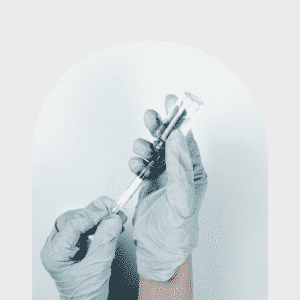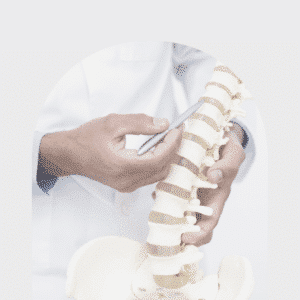Description
PERIPHERAL NERVE SURGERY FOR CHRONIC GROIN OR PELVIC PAIN
The nerves in the groin and pelvis comprise a complex group of nerves loosely known as the lumbosacral plexus. These nerves all originate from the nerve roots of the lumbar and sacral spine and then travel through the abdominal wall and pelvis on their way to innervating the lower torso, pelvis, groin, and legs. Similar to other peripheral nerves elsewhere in the body, these nerves are susceptible to injury following trauma or surgical procedures in the area. When this happens, chronic pain is usually the end result. Although the possible combinations of nerve injuries are almost endless, a few of the common problems will be discussed here:
Chronic pain after hernia surgery:
Inguinal and other types of hernia repair are very common surgical procedures. The nerves that innervate the lower abdominal wall, upper anterior thigh, and testicles/anterior scrotum in a man and mons pubis/labia in a woman, can all be injured during hernia repairs or other surgical procedures such as a C-section for example. The nerves most commonly involved include the ilioinguinal, iliohypogastric, genitofemoral, and occasionally the lateral femoral cutaneous nerve. When these nerves are injured the result is usually chronic “groin pain.” In the man, a common manifestation is often severe testicular pain on the affected side.
Meralgia Paresthetica (compression of the lateral femoral cutaneous nerve):
One very common type of nerve injury is compression of the lateral femoral cutaneous nerve, also known as meralgia paresthetica. This nerve can become compressed due to an underlying metabolic disease such as diabetes or it can be injured due to local surgery (anterior approach for hip replacement), direct pressure on the nerve secondary to wearing a heavy utility belt (policemen), or direct blunt trauma to the front or side of the thigh such as a car accident. This type of nerve injury typically produces severe pain and sensory alterations over the lateral hip/buttock, as well as the front and side of the thigh down to about the level of the knee. Depending on the mechanism of injury involved simply relieving pressure off the nerve may be adequate. In other cases, the nerve may need to be disconnected to achieve excellent pain relief.
Pudendal nerve injury/compression:
The pudendal nerve is the nerve that innervated the area rectum and the area around the anus. It also innervates the area between the legs and provides the primary source of sensation to the genitalia in both men and women. Injury to this nerve can cause loss of sensation and severe pain in these important areas. Blunt trauma to the buttocks of the perineum (area between the legs), extensive cycling, or difficult childbirth involving a bad vaginal tear or even an episiotomy is common causes of pudendal nerve injury.
Femoral nerve injury/compression:
Not to be confused with the lateral femoral cutaneous nerve, the femoral nerve is a very important nerve that is responsible for flexion of the hip and extension of the knee. It also provides sensation to the skin over most of the front/inside part of the thigh and lower leg to about the ankle. Although injury to the femoral nerve is rare, procedures such as hip replacement surgery or cardiac catheterization can result in compression or even direct injury to the femoral nerve. This can cause severe pain down the inside of the thigh and lower leg and make walking extremely difficult.
There are many other situations where the nerves in the pelvis and groin area may become injured, especially crush injuries or pelvic fractures. For the vast majority of these injuries, the correct peripheral nerve surgery can often eliminate or significantly reduce the total pain burden the patient has to deal with.




















